Significance
Dazhishan Xuankong Temple did not adopt the traditional principles of temple architecture. Instead, gigantic stones, twisted and gnarled tree trunks, and landscaping were used to make the temple appear more like a garden. Buddhist sutras are subtly displayed among the surroundings to enlighten visitors. The temple has a huge collection of ancient Buddha statues, odd-shaped stones and ancient trees. It is also home to three massive Lingbi stones from China’s Anhui Province that total five hundred tons in weight. A type of limestone, Lingbi stone was traditionally lauded by Chinese scholars as the most beautiful stone in the world, and was often the subject of paintings depicting its weird, contorted shapes. These three Lingbi stones are the largest in Taiwan. The temple also keeps a collection of numerous ancient Buddha head sculptures and Buddhist artifacts in its museum, an enduring testament to the significance of Xuankong Temple.
History
Dazhishan Xuankong Temple is located near the Zengwen Reservoir in Nanxi District, Tainan City. Originally, it was only a small shrine known by the name of Jincahoyang Temple; the old shrine still remains on the north side of the temple grounds. Dazhishan Xuankong Temple is made up of three wooden buildings constructed in 1988 to enshrine a statue of Guan Di ( Guāngōng or Guāndì), which was consecrated in Taipei’s Hsing Tian Temple to possess Guan Di’s divine presence. The construction of the temple premises began in 1992. The Mingsheng Pavilion, the Heart Sutra Pavilion, the Jingang Pavilion, the landscaping, and the Hall of the Four Heavenly Kings were completed during the first phase of construction. On the birthday of Guanshiyin Bodhisattva in 2002, the groundbreaking ceremony for the Sangharama Hall was held, setting an important milestone for this Buddhist center. On the birthday of Sangharama Bodhisattva in the same year, the unveiling ceremony for the Sacred Stone of Buddha and the Heart Sutra was held. It had taken three full days to ship the stone from the east coast, but the trouble was worth it. The stone has not only been an enhancement to the unique garden landscape of Xuankong Temple but has also helped make it a new religious attraction in Taiwan.
Special Features
1The Sangharama Hall The architecture of Xuankong Temple’s Dharmapala Hall is strikingly different from traditional Chinese temple buildings. The round domed roof signifies perfection and reminds believers that tolerance and empathy are required to achieve moral perfection. Enshrined inside the hall is a white marble statue of the Buddhist guardian Sangharama Bodhisattva, also worshipped in Taoism as Guan Di. It is the only Sangharama Bodhisattva statue in Taiwan designed in a seated posture with both feet resting on lotuses. The lotus petals face downward to symbolize the bodhisattva returning to enlighten and save all living creatures.
The architecture of Xuankong Temple’s Dharmapala Hall is strikingly different from traditional Chinese temple buildings. The round domed roof signifies perfection and reminds believers that tolerance and empathy are required to achieve moral perfection. Enshrined inside the hall is a white marble statue of the Buddhist guardian Sangharama Bodhisattva, also worshipped in Taoism as Guan Di. It is the only Sangharama Bodhisattva statue in Taiwan designed in a seated posture with both feet resting on lotuses. The lotus petals face downward to symbolize the bodhisattva returning to enlighten and save all living creatures.
2The Sacred Stone of Buddha and the Heart Sutra The Sacred Stone of Buddha and the Heart Sutra is the most important treasure of Xuankong Temple. The enormous 152-ton limestone boulder had to be shipped all the way around the island from Hualien during the nighttime only so as to avoid traffic, and the entire journey took three days. The back of the rock is engraved with the Chinese character for Buddha and the entire Heart Sutra, to encourage people to abide by Buddhist teachings that through awakening the mind, one becomes enlightened and all good deeds will be accomplished. On the two sides of the huge Chinese character for Buddha is the famous four-line Buddhist chant from the Diamond Sutra: “A shooting star, a clouding of the sight, a lamp, an illusion, a drop of dew, a bubble, a dream, a lightning’s flash, a thunder cloud—this is the way one should see the conditioned.”
The Sacred Stone of Buddha and the Heart Sutra is the most important treasure of Xuankong Temple. The enormous 152-ton limestone boulder had to be shipped all the way around the island from Hualien during the nighttime only so as to avoid traffic, and the entire journey took three days. The back of the rock is engraved with the Chinese character for Buddha and the entire Heart Sutra, to encourage people to abide by Buddhist teachings that through awakening the mind, one becomes enlightened and all good deeds will be accomplished. On the two sides of the huge Chinese character for Buddha is the famous four-line Buddhist chant from the Diamond Sutra: “A shooting star, a clouding of the sight, a lamp, an illusion, a drop of dew, a bubble, a dream, a lightning’s flash, a thunder cloud—this is the way one should see the conditioned.”
3The Stalagmites and Petrified Wood
 The biggest attraction to worshippers and visitors to the temple is the petrified wood that took millions of years to take form and the large number of stalagmites, each soaring up higher than the old trees in the garden. Together with the Taiwan white pines, the twisted Chinese junipers, and the odd-shaped stones, they create a Zen spirit in the beautiful garden.
The biggest attraction to worshippers and visitors to the temple is the petrified wood that took millions of years to take form and the large number of stalagmites, each soaring up higher than the old trees in the garden. Together with the Taiwan white pines, the twisted Chinese junipers, and the odd-shaped stones, they create a Zen spirit in the beautiful garden.
4The MuseumThe Dazhishan Xuankong Temple Museum has a large collection of ancient Buddha sculptures and busts donated by worshippers, which can be traced back to the Tang and Song dynasties. Some are over a thousand years old. The Buddha statues of contemporary master Hou Jin-shui (1948 –) in the museum are also very precious items. Each ancient Buddha statue is placed in the most appropriate spot based on its particular attributes. The statues together create an atmosphere conducive to the study of Buddhism.
5The Lingbi Boulders Weighing five hundred tons in total, the three Lingbi boulders found on the Xuankong Temple grounds are the largest in Taiwan. Two of them, 176 and 156 tons in weight, are displayed at the entrance to the temple. The third, weighing 160 tons, is located by the Bodhi Garden. Lingbi stone comes from Qingshi Mountain in Lingbi County, in China’s Anhui Province. It is lauded as the most remarkable among the four types of stone deemed beautiful by scholars in Chinese tradition.
Weighing five hundred tons in total, the three Lingbi boulders found on the Xuankong Temple grounds are the largest in Taiwan. Two of them, 176 and 156 tons in weight, are displayed at the entrance to the temple. The third, weighing 160 tons, is located by the Bodhi Garden. Lingbi stone comes from Qingshi Mountain in Lingbi County, in China’s Anhui Province. It is lauded as the most remarkable among the four types of stone deemed beautiful by scholars in Chinese tradition.
Reminders
Dazhishan Xuankong Temple is located in Tainan City’s Nanxi District. There is a dining room on the temple premises offering cafeteria-style vegetarian food to visitors. The Yongxing Suspension Bridge by the temple is nicknamed the lovers’ bridge. Those visiting the temple should take the opportunity to tour the bridge.
Panoramic
Directions